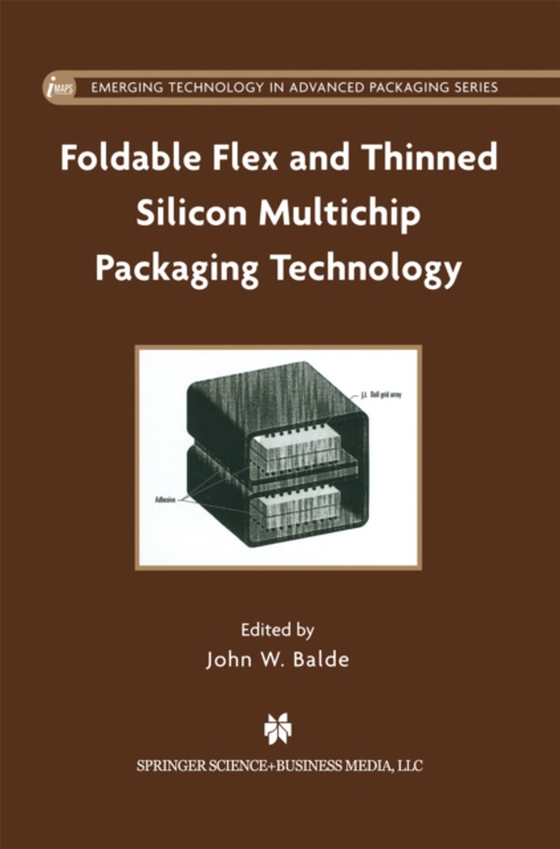
Foldable Flex and Thinned Silicon Multichip Packaging Technology e-bog
1240,73 DKK
(inkl. moms 1550,91 DKK)
Foldable Flex and Thinned Silicon Multichip Packaging Technology presents newly emerging methods used to make stacked chip packages in the so-called 2-1/2 D technology (3-D in physical format, but interconnected only through the circuits on folded flex). It is also being used in single chip packages where the thinness of the chips and the flex substrate made packages significantly thinner than ...
E-bog
1240,73 DKK
Forlag
Springer
Udgivet
27 november 2013
Genrer
PNRP
Sprog
English
Format
pdf
Beskyttelse
LCP
ISBN
9781461502319
Foldable Flex and Thinned Silicon Multichip Packaging Technology presents newly emerging methods used to make stacked chip packages in the so-called 2-1/2 D technology (3-D in physical format, but interconnected only through the circuits on folded flex). It is also being used in single chip packages where the thinness of the chips and the flex substrate made packages significantly thinner than through any other means. Much of the work in this field has not been widely disseminated other than by papers presented at conferences and workshops. This book is organized to report on the developments in this technology, but with special additional material and emphasis. The intent is to do more than report on present state of the art. It is intended as an advocacy book, pointing out the reasons for 3-D assemblies, the reasons for Silicon-in-a-Package multichip modules, and the commercial availability of the techniques. The contributing authors, all leaders in this technical field, explore the needs, reveal the state of development and production, and point to changes in technology that can bring this technology into wider use for more complex applications. It is an advocacy book in this respect - advocacy for the use of a technology that is already mature, and advocacy for exploring ways to make it even more capable for the future. It will also do more than discuss the present; it will point out the deficiencies of the constructions, the needed availability of good flex material, the use of newer flex materials, such as LCP, and the implications from the use of the Integrated Mesh Power Systems to enhance the capability for future designs. Lastly it will discuss the serious problem of heat removal if multiple microprocessors are included.
 Dansk
Dansk

